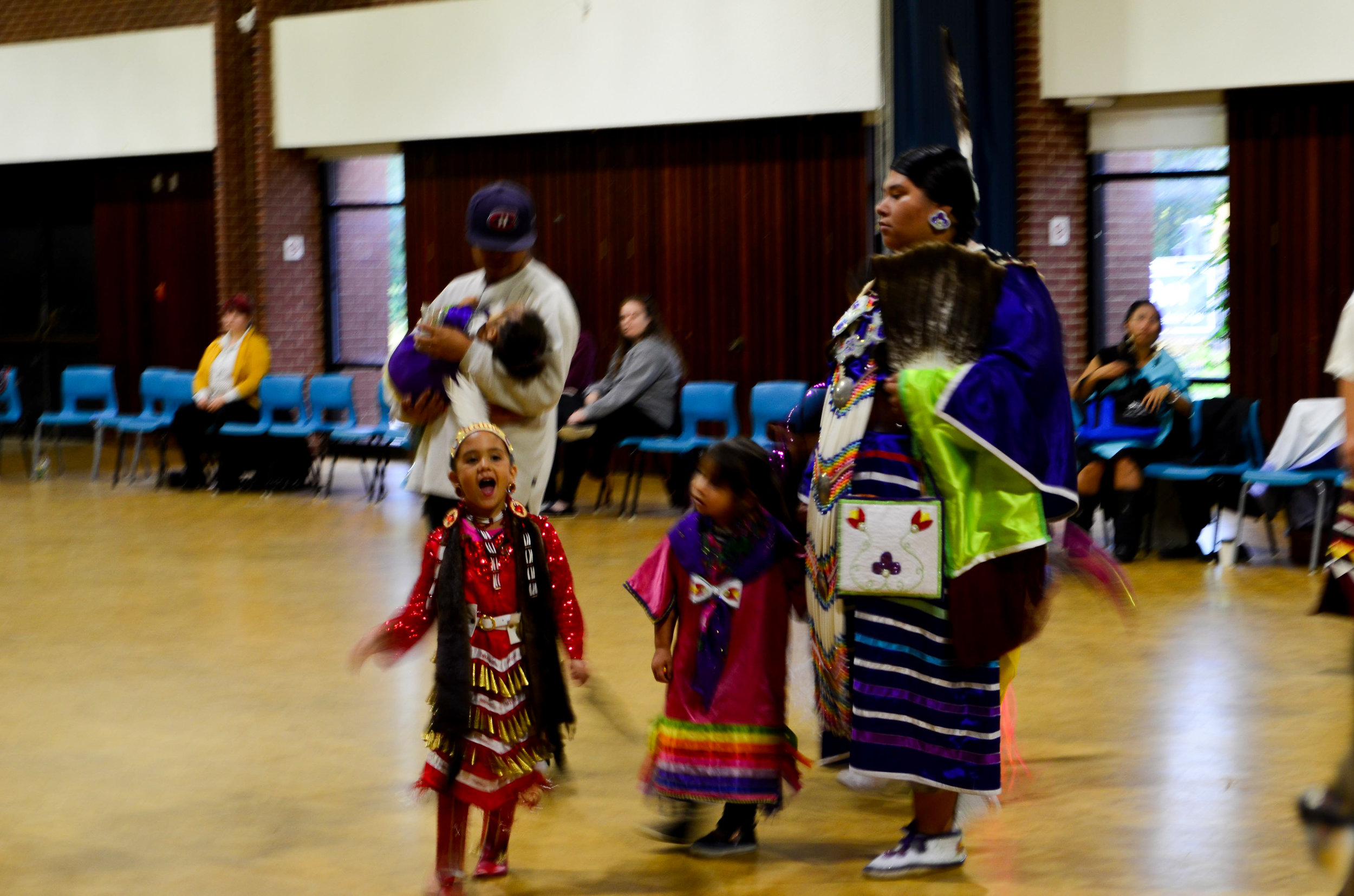Cross Country: A Varsity Footrace for the Fearless
/Athletes push the limit in hometown Invitational
If you meander around campus in the late afternoon or early evening, you’ve likely seen them. Split shorts, tight spandex, arm warmers, backward caps, brightly coloured running shoes, glistening faces and surprisingly, easy-going smiles. They’re all likely going for a 5-7km warm-up run before practice even begins.
On September 22, both the Men’s and Women’s cross country teams took to their home course for their second race of the year. Both teams came out on top with first place team finishes and strong individual performances on both sides. Running first comfortably that afternoon was Alex Neuffer, a second-year Education student from Stratford, PE. Clocking in at a breezy 26:41.47 over 8km (that’s 8 back-to-back 3:20 kilometres, if you were wondering), Neuffer led his teammates to their season’s second first place team finish. Just behind was Paul MacLellan in second with a time of 27:33 and Aidan Doherty, Luc Gallant, Addison Derhak, Graydon Staples and Edward MacDonald finishing sixth, 10th, 11th, 16th and 20th respectively.
Photo of Alex Neuffer: Phoebe Cseresnyes
On the women’s side, Zoe Johnston, a fourth-year HKin student from Pembroke, ON, had a strong second place finish with 23:06 6km. Her teammates, all in the top 20, fled in as follows: Hana Marmura (4th), Jane Hergett (5th), Rachel MacDougall (6th), Catherine Thompson (9th), Ashley Robson (12th), and Paige Chisolm (13th). The pack-racing mentality has proven effective for the both teams, especially the women.
Two senior runners, Neuffer and Patrick Marlow, provided The Xaverian Weekly with their personal insight. Neuffer and Marlow opened up about the team’s goals for their 2018 season. After a tough loss to Dalhousie last year at the AUS Championships, the men have their eyes on taking back the title in Halifax on October 27. By this time, the men hope to be in top shape, including teammate Angus Rawling (the 2018 3km USports Champion), and geared up to place in the top ten at the USports National Championships in Kingston, ON in November.
As for the women’s team, the squad of ten women look to have a strong showing at the AUS Championships and give the Dalhousie team a run for their money. Historically, the Tigers have had several fast individuals pull their team to success including Michelle Reddy, Savanna Jordan, and recent alumni Colleen Wilson. The X-Women will need to piece together a strong, collective effort to challenge them for the top podium finish. All the while, Zoe Johnston and her teammates aim to remain healthy as the season gains momentum. The women are gunning for an AUS title and are working together to stay healthy and strong during the grueling three month season.
With limited exposure to racing against teams outside of the AUS during the year, it is unclear as to where they size up in relation to teams across the country. However, under the guidance of their new head coach, Eric Gillis (an Antigonish native, St. FX alumni, CIS XC National Champion ’03 and three-time Olympian) and careful craft of retired Coach Bernie Chisholm (a recent inductee of the NS Sport Hall of Fame), both the X-men and Women have the mentorship and experience backing their training.
Photo of Zoe Johnston & Hana Marmura: Phoebe Cseresyes
Both Neuffer and Marlow, along with their teammates, are featured in the recently published novel “Runners of the Nish” written by XC alumni Alex Cyr. If you’re looking to gain a better understanding of the sport, this autobiography dissects the innerworkings of what it means to run at X and compete within the ever-growing Canadian running scene. In his first ever novel, Cyr alludes to the ins and outs of the everyday lifestyles of the X long distance runners. He retells the hardships and strong points of the individuals of the team back in 2016. Today, the team continues to set the standards high for themselves. There are many misconceptions of varsity cross country running, especially at a school with a population just over 5000. I mean, how competitive could they be? If you want me to boil it down to an individual level, the times that a few of the men and women in competition pump out are high -calibre and of national rank. Presently, Rawling is training hard and setting his sights on a medal at USports and not far behind, Neuffer plans to lay everything out for a top 10 finish. With these particular individuals and their teammates setting big goals for the small running program here in Antigonish, the XC team continues to set the tone for X Varsity community.
Currently, all of the runners are in the midst of logging somewhere between 60-140km in a week. These men and women run on the daily – perhaps with a Sunday off here and there. Varsity runners log miles in a combination of ways: tempo runs (not race pace, but not-exactly-a-walk-in-thepark-talk-to-your-buddy-pace), hill workouts, interval sets and long runs – probably on Saturdays (because what else would a runner do in the morning anyway?). On top of this, they are weight-training, swimming, studying, squeezing in extra-curriculars, eating right, working jobs to pay their rent and somehow finding time to stay afloat in the social scene. It’s an outlandish but motivating dynamic. There is a common team goal, but all the while, individuals (on the same team and from different schools) are all fighting to cross the finish line regardless of the colour of singlet ahead of them. A common thread in the running world, highlighted by Johnston, is the tight-knit feel of the XC team despite the vigorous competition between teammates – this is in fact what makes the team better and persuades individual competitors to take it to the next level.
With 2 more invitationals on the road, keeping injury-free and mentally on track is no easy feat as the ebbs and flows of cross country running are unpredictable. You throw your best seven runners in the race and the top five score. Add up their places and hope that no one gets passed in the last 400m, because every place counts. The women race 8km and the men run 10km (and equalizing the distances is in the works, you need not worry). The key word here is race. The quality and quantity of mileage these student-athletes put in is not for nothing.
Come the competition days, these miles speak for themselves. Runners have raced as hard as they could – in the rain, in the cold, in the mud, in monotonous loops, and in a constant up-hill battle against the clock, other schools and even their own teammates. It is the ultimate race, where you’re wreathing in pain at the finish line, shaking but also holding hands with your competitors, supporting the weight of your teammate while gasping for air.
Injuries are prevalent, tweaks can alter training regimens, pace in workouts can falter, and an individual’s season can suddenly come to a halt. On the other hand, you could feel great. Your iron levels are on point, your legs feel fresh, you’ve been staying on top of your rehab and what do you know, you’re not in sight of over-training and you find yourself with some kick left with one and a half kilometres to go at Fort Henry in K-town. You just never know who will show up on raceday.




















